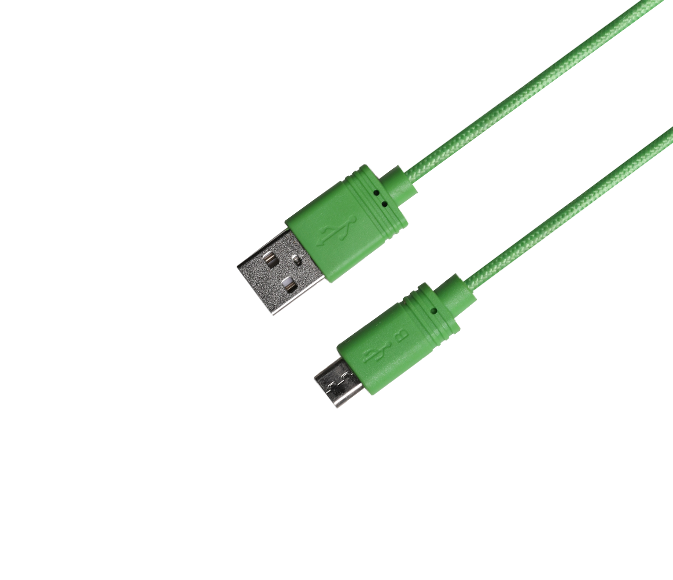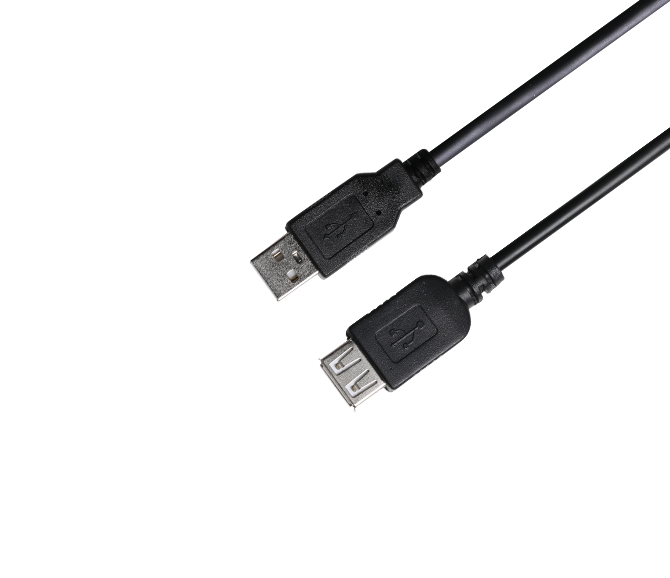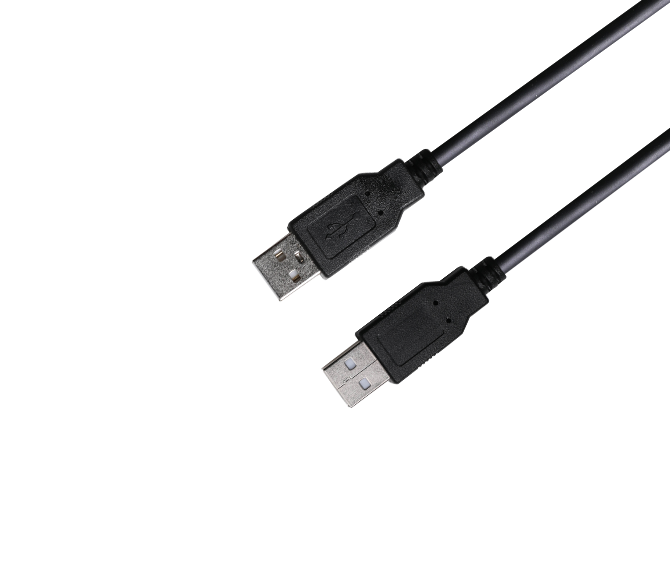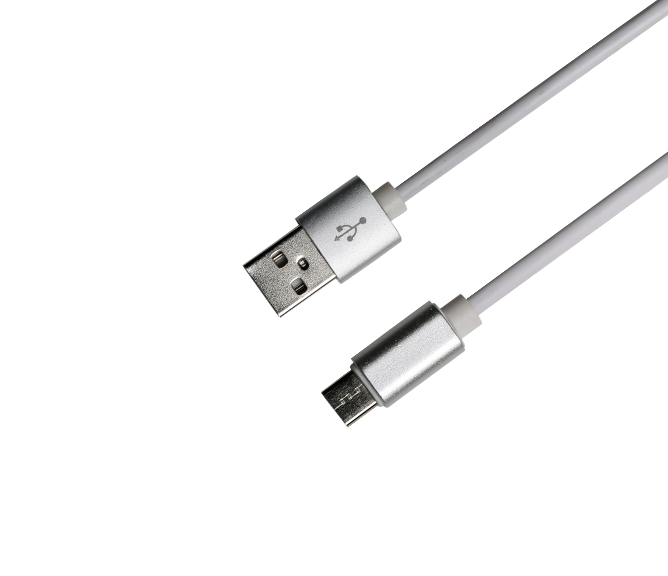A Brief Analysis of Design Specifications of Automotive Harness Connectors
The connector, is a common part used to transmit current or signal on the car.
The connectors can be divided into three categories: sealability (used in vehicle wet areas), unsealed (used in vehicle dry areas), and safety-related categories (airbag-related). At the beginning of the design, according to the amount of current required for each PIN pin, select PIN pins of different widths, and then form a cavity on the connector to accommodate different PIN pins, thereby forming a housing that accommodates multiple PINs.
This article analyzes and explores the design ideas at the beginning of the connector design from several different appearance structures of the connector and the assemblability of the plastic shell. They are CPA, the secondary locking mechanism of the plastic shell (Connector Position Assurance); Lever /Slider (lever), auxiliary mechanism; waterproof sealing ring; TPA (Terminal Position Assurance), terminal secondary locking mechanism; Cavity, terminal chamber.

First of all, CPA, its function is to ensure that the buckle of the locking mechanism will not be easily withdrawn once the plastic shell and electrical interface are assembled in place. Due to its special function, CPA must ensure its operability and identification to workers when designed , which requires that CPA must be an independent institution on the plastic shell, and must also have a special color identification.
Lever/Slider, auxiliary installation mechanism, for VW or GM, the boundary requirement of using auxiliary installation mechanism is whether the matching force of the plastic shell is greater than 75N. Like CPA, due to the special function, special colors need to be used and the plastic shell needs to be an independent institution. One thing that needs special explanation is that the plastic case with Lever mechanism must use a guiding mechanism with a guiding effect on the lead wire at the end of the plastic case to ensure that Lever will not scratch the wire harness.
Waterproof sealing ring: There are two types of waterproof sealing mechanisms, one for the seal between the plastic shell and the plastic shell, and one for the seal of the terminal lead-out wire. For the sealing mechanism, the use of heat-shrinkable materials is never allowed and it is not allowed to be exposed outside the plastic shell mechanism to prevent its accelerated aging. For the sealing mechanism between the plastic shell and the plastic shell, it is generally not allowed to use the bump-type mechanism to fix the sealing ring. After the waterproof mold ages, the product line of the bump-type mechanism causes water leakage; for the sealing structure of the terminal lead wire, the single-line seal type or for the integrated gasket type structure, it should be noted that the terminal of the integrated gasket machine type needs to use a terminal with a special structure (VW called cleanbody). The special structure of the waterproof terminal will scratch the gasket and cause the waterproof effect to deteriorate.
TPA (Terminal Position Assurance), terminal secondary locking structure, not all terminals need secondary locking structure, VW requirement is that when the terminal width is less than 2.8mm (including 2.8) ,TPA should be used in order to ensure that the wiring harness factory workers install conveniently, the color of TPA also needs to be recognizable, and must have a clear feel during assembly. In order to ensure that the TPA will not automatically enter the locked position during the transportation to the wire harness factory, the anti-locking mechanism is a must on the TPA .
Cavity, the terminal chamber, the mechanism for accommodating the terminals in the plastic case. In order to ensure the electrical circuit is clear and reliable, the chamber must be numbered on the plastic case. Some OEMs are defined by ABCD, and some are defined by 1234. In order to ensure the operability of the workers in the wiring harness factory, the terminal should enter the locked position smoothly when entering the chamber, and no strong push entry is allowed. This may cause damage to the key mechanism of the terminal, and the terminal should not be used. In the case of auxiliary tooling, it is pushed into the plastic case. The pushing force generally requires no more than 15N. The GM requirement is 30N. After the terminal is pushed in, the top of the chamber needs to ensure that the terminal is not damaged under the force of 30N. The GM requirement is 50N. If it is not satisfied, the special mechanism design to protect the chamber from being damaged needs to be considered.
After all the institutions are introduced, there are also some requirements for matching the plastic case with the wire harness and matching with electrical equipment. For example, when the wire harness plastic case is inserted into the device end, the PIN pin on the device end must not be damaged, which requires the device port has a long enough guiding mechanism to ensure that the port PIN needle will not be damaged when the plastic shell of the harness is inserted; the plastic shell requires the plastic shell to be a complete mechanism as far as possible when assembling the terminal in the wire harness factory, and only requires the worker to push the TPA into the locked position. Try not to be divided into multiple agencies, which will hurt the people and the money. In the OEM final assembly, the assembly force must be hand-feeling, which requires that the FEA simulation must be in place when the supplier develops.
The molded case is the core key component on the wiring harness. Any small problem may cause the consequences of the electrical equipment not working properly, so it is necessary to invest as much energy as possible to develop and ensure its quality.



 Related Products
Related Products

















View More(Total0)Comment Lists